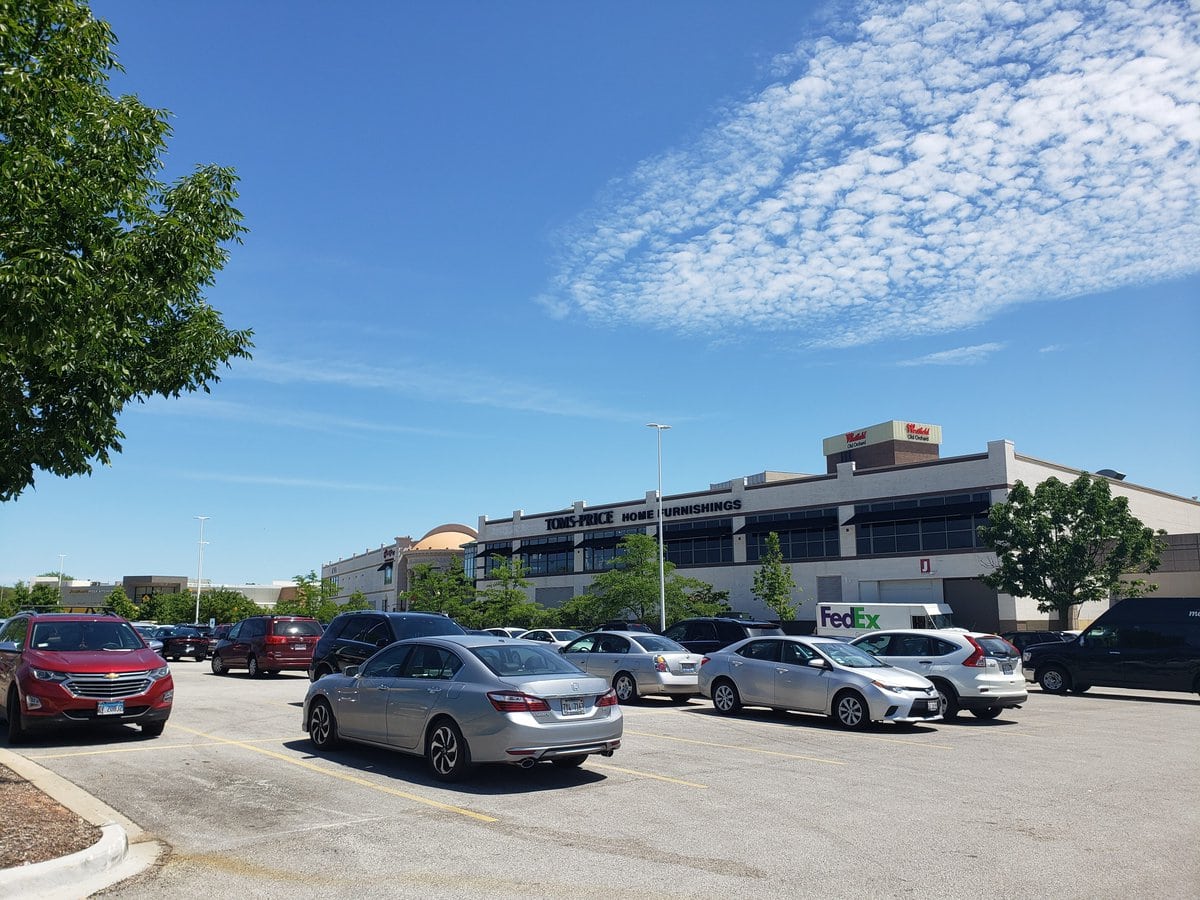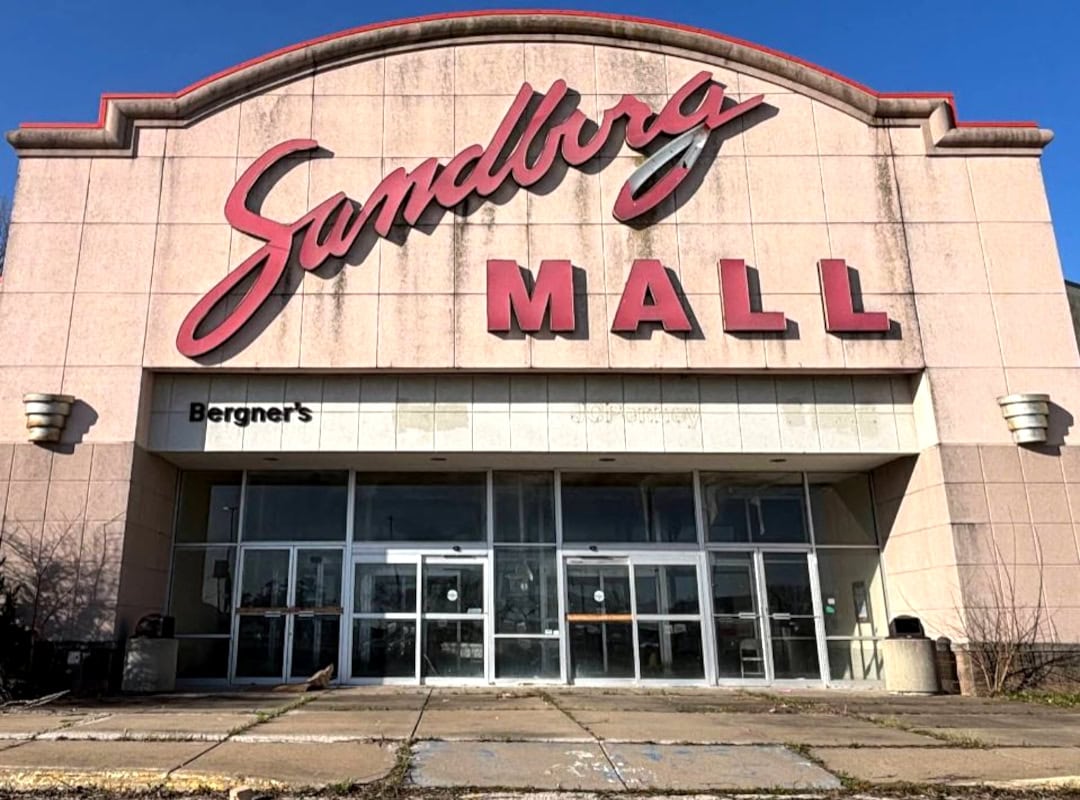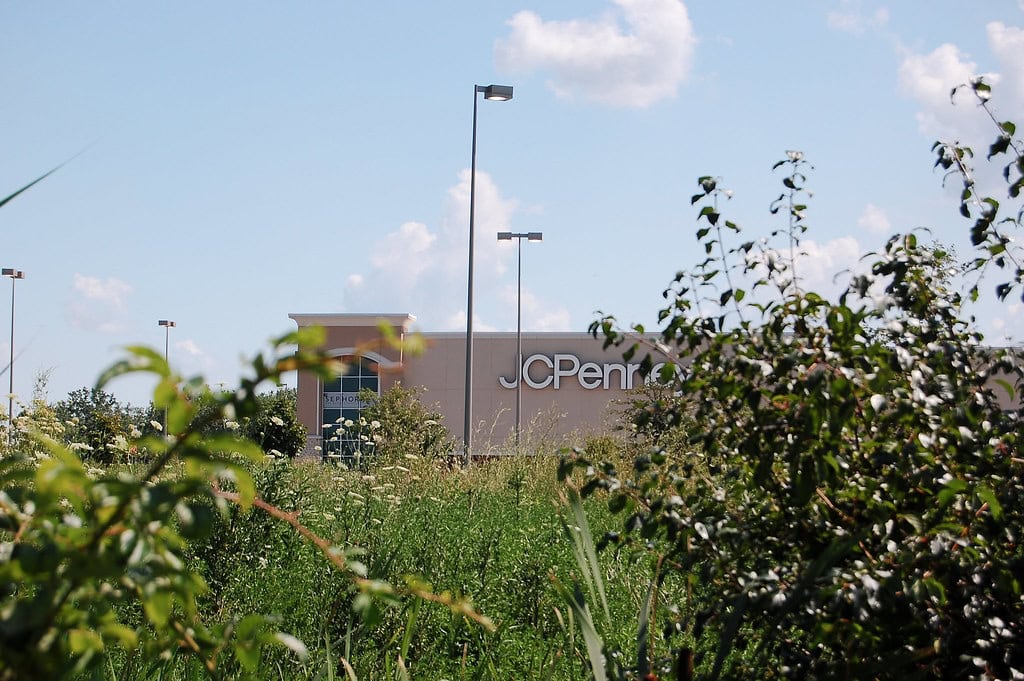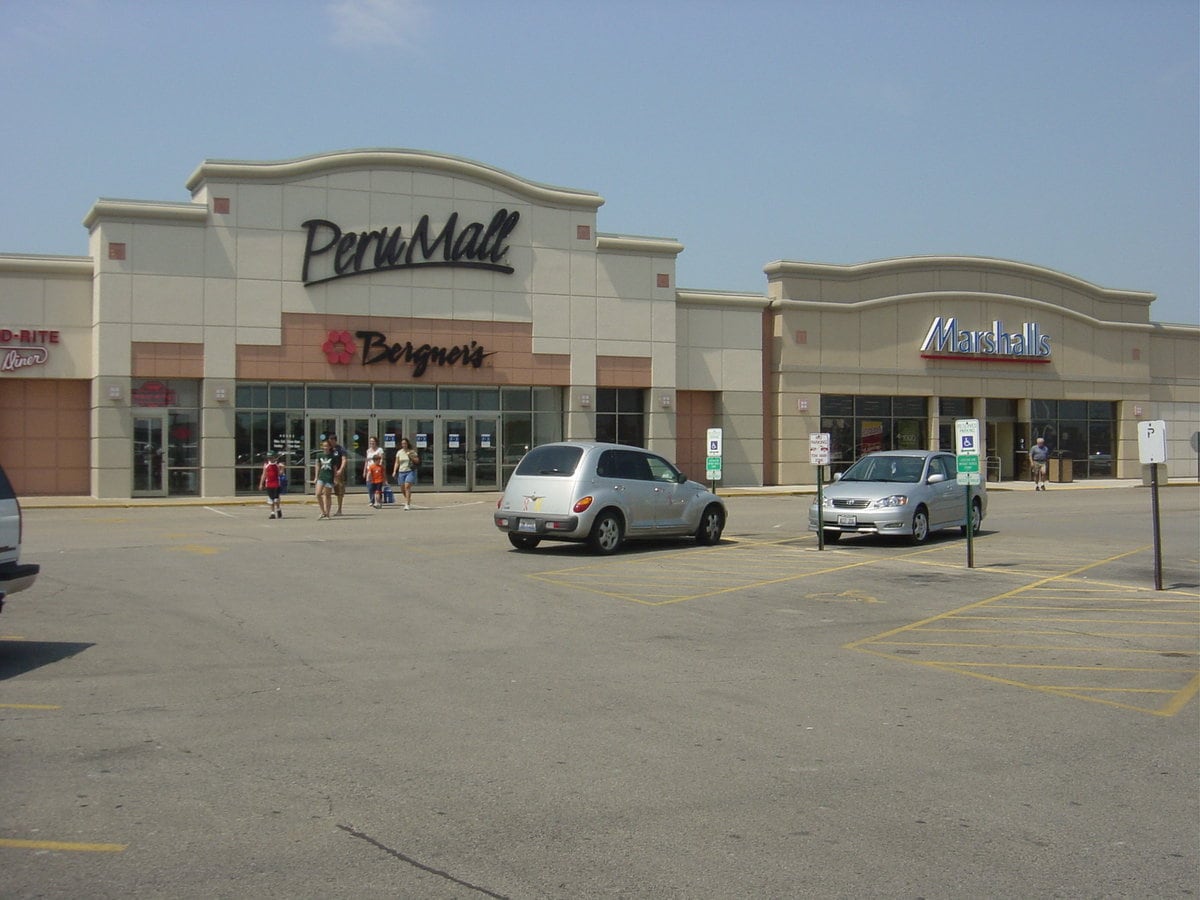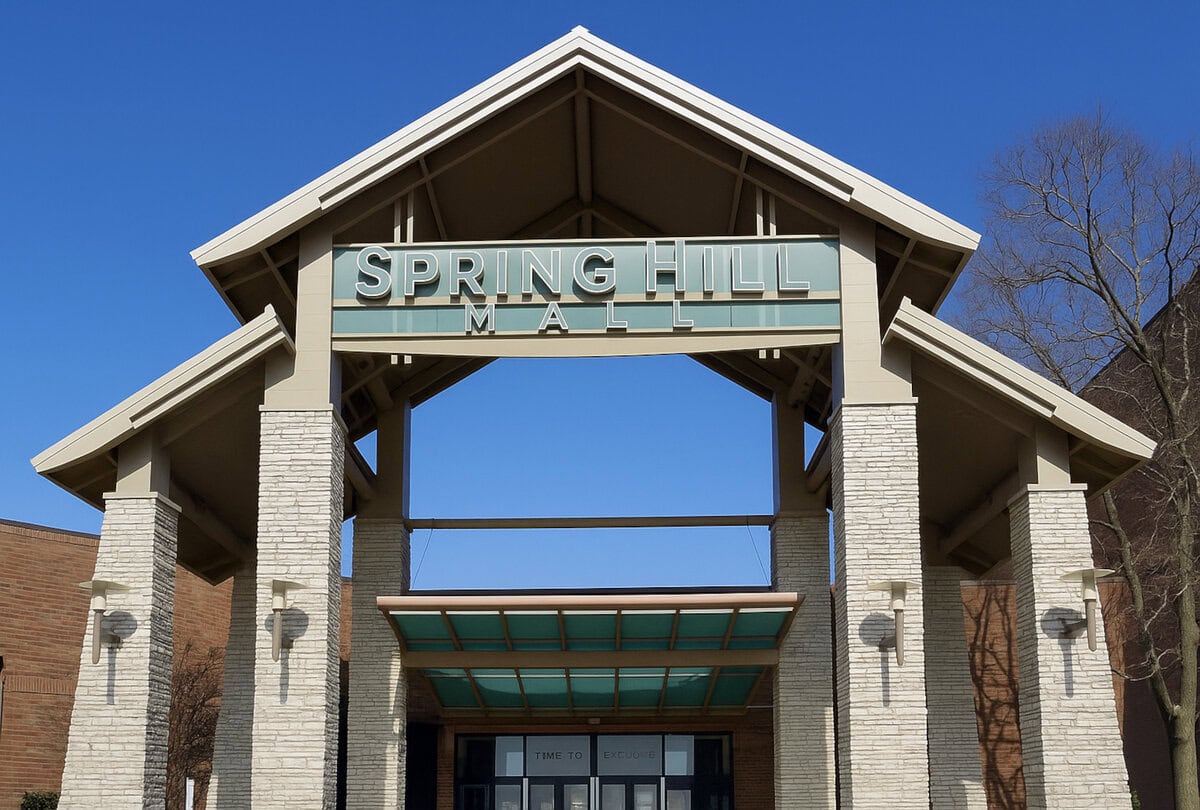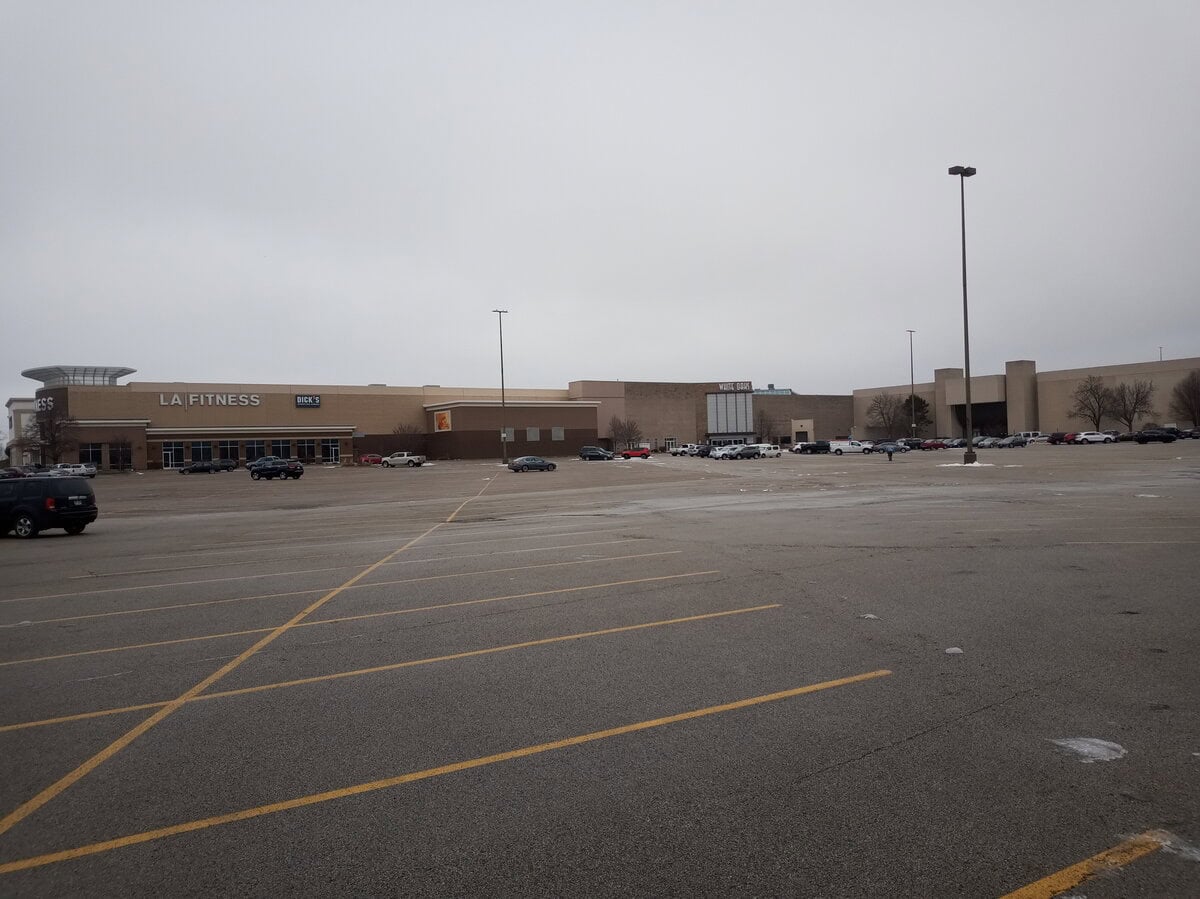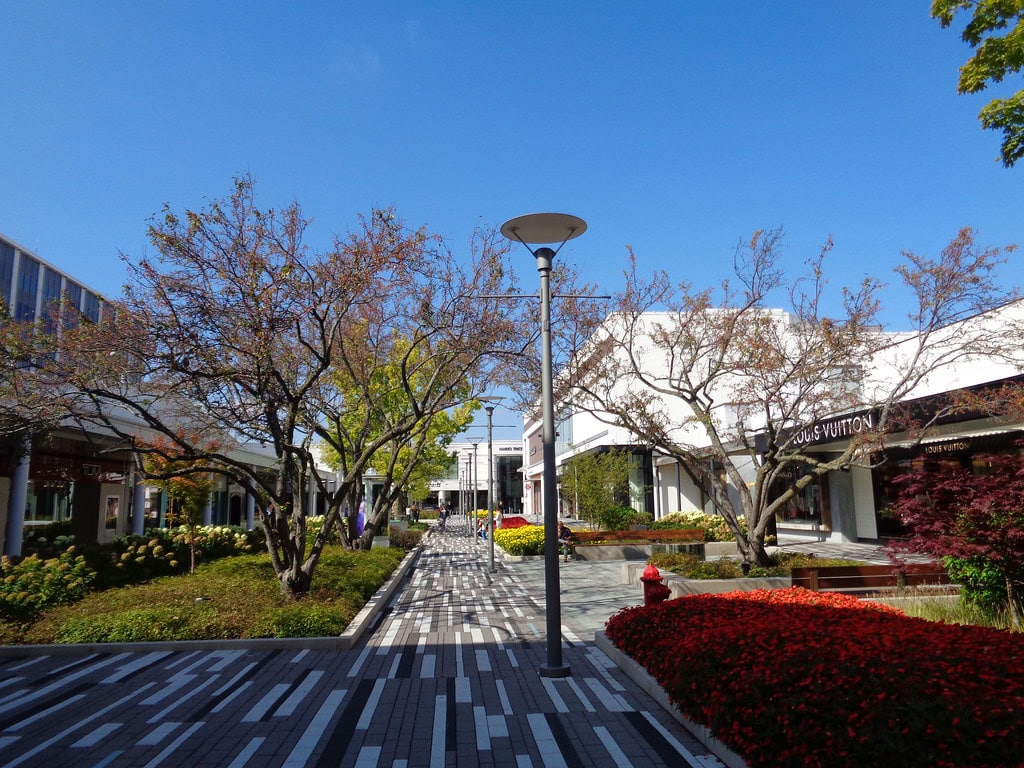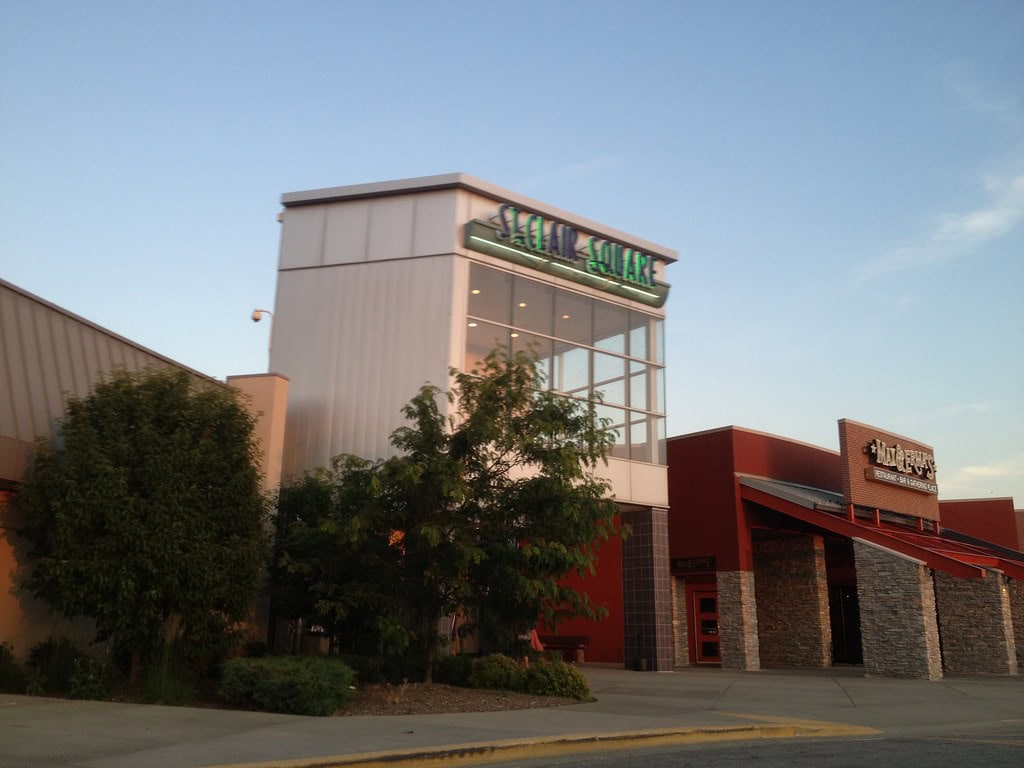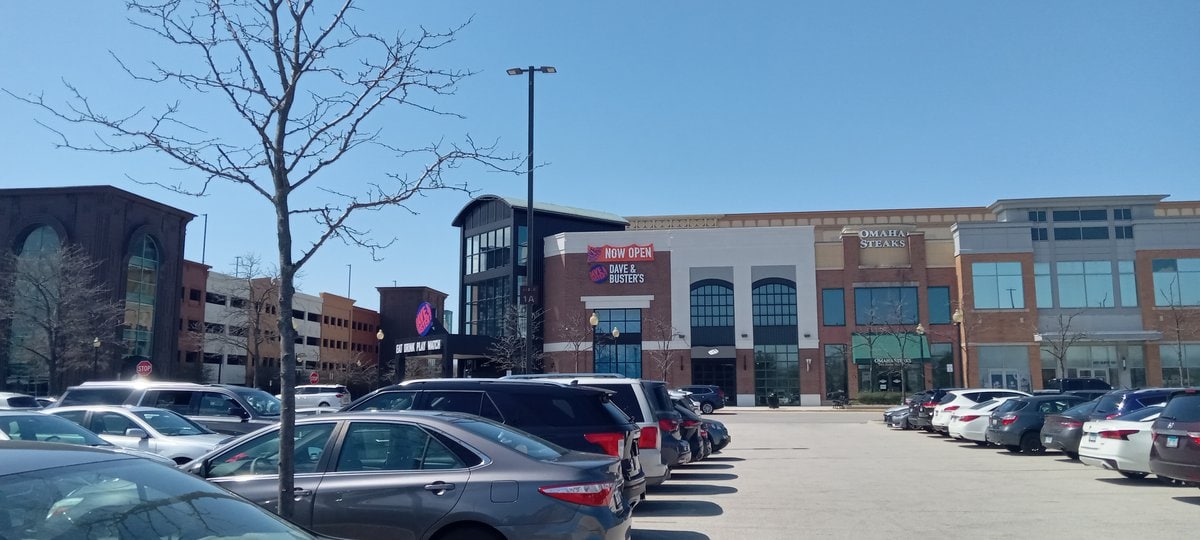The Foundation and Rise of University Mall (1971 - 1990)
University Mall in Carbondale, Illinois, began its story in 1971 when JCPenney became the first store to open its doors. This set the stage for what would soon become one of southern Illinois' most well-known shopping centers.
Just three years later, in 1974, the mall was officially built around JCPenney, expanding its retail offerings with the addition of a Sears store at the opposite end. This layout, with anchor stores bookending the mall, was typical of the time and helped drive traffic to the other shops inside.
In 1980, University Mall underwent its first major expansion, adding a new wing that introduced more than ten new storefronts and a third anchor store, Meis, based in Terre Haute, Indiana.
This expansion was a big moment for the mall, bringing popular retailers such as Lerner New York, Pier 1 Imports, Spencer Gifts, Kinney Shoes, Pearle Vision, and Claire's into the mix.
By August 1989, the Meis store became part of Elder-Beerman, following the latter's acquisition of the Meis chain and the renaming of all its locations, including the one at University Mall.
This change helped maintain the mall's appeal during a critical time of growth and competition in the region.
The Golden Era: Peak Popularity and Regional Influence (1991 - 2000)
In 1988, a massive $43 million expansion plan was announced. The project added more space, including new anchor stores such as Famous-Barr and Venture, the latter being the only one of its kind in southern Illinois.
These stores, along with a newly built food court, were fully completed and opened to the public by 1991.
Famous-Barr, a department store with a long history in the Midwest, catered to middle-class customers looking for a wide variety of clothing, household goods, and other essentials.
Meanwhile, Venture offered affordable, discount items, making it a unique addition to the mall that attracted bargain hunters.
This addition boosted the mall's status as the go-to place for shopping in the area, especially since things to do in Carbondale, Illinois, at the time revolved heavily around the local retail scene.
Competition, however, was on the horizon. The newly opened Illinois Centre Mall in nearby Marion posed a threat to University Mall's dominance.
The most visible sign of this rivalry came when Sears decided to relocate from the University Mall to the Illinois Centre.
University Mall's owners weren't happy about this move and filed a lawsuit over the use of state funds to help Illinois Centre lure Sears.
The suit was dismissed, but it highlighted the fierce competition between these two retail giants.
Even with this loss, University Mall remained popular throughout the decade. Stores like Montgomery Ward, which opened in 1992 in the space vacated by Sears, helped fill the gap.
New retail chains like Old Navy and Goody's Family Clothing also entered the mall, drawing in younger shoppers.
The late '90s represented a peak for the mall, with steady foot traffic and a full roster of tenants that kept the space lively.
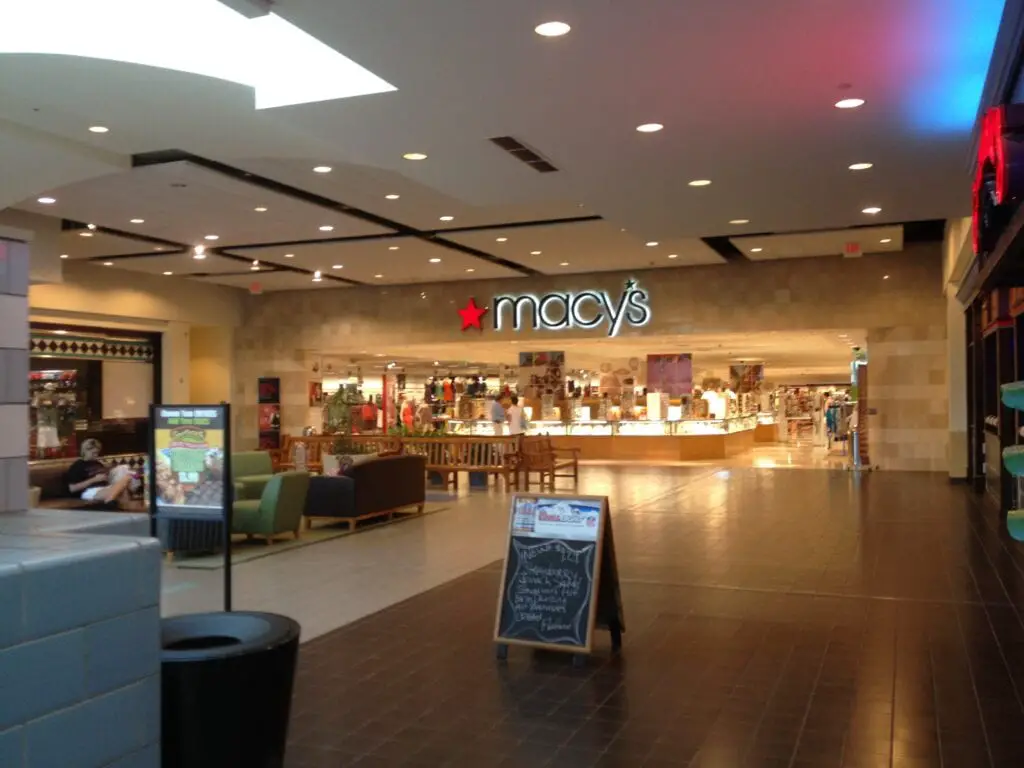
Signs of Decline: The Beginning of the End (2001 - 2010)
In 2002, the Montgomery Ward space was demolished to make room for a movie theater, a bid to diversify the mall's offerings beyond traditional retail.
The theater opened in 2004 and was accompanied by new shops like Michaels, Bed Bath & Beyond, Steve & Barry's, and Goody's Family Clothing.
The mall's ownership changed in 2005 when Stoltz Management acquired the property. Stoltz made some attempts to keep the mall relevant, including relocating the food court to the former Elder-Beerman wing.
In 2005, Famous-Barr was converted to Macy's.
By the late 2000s, cracks began to show in University Mall's foundation. The first major blow came in 2007 when Michaels and K's Merchandise closed its doors.
Similarly, Goody's Family Clothing and Steve & Barry's shut down in quick succession, leaving large vacancies and fewer reasons for shoppers to visit.
A Slow Collapse: Anchor Store Closures and Pandemic Effects (2011 - 2020)
By the late 2010s, University Mall was struggling to keep pace with the rapid changes in the retail industry. AMC Theatres closed in May 2018.
The departure of Macy's was one of the most visible signs of the mall's decline. In January 2020, Macy's announced it would close 125 stores nationwide, including its Carbondale location.
Originally set to close in March of that year, the store closed on March 17 due to the onset of the COVID-19 pandemic and never reopened.
Just a few months later, JCPenney, another of the mall's longest-standing tenants, also announced its closure as part of a nationwide plan to shutter over 150 locations.
With both of these iconic department stores gone, the mall's ability to attract foot traffic dwindled further.
As the pandemic swept through the country, many other stores inside the mall struggled to stay afloat.
The pandemic had accelerated the trends already in motion, pushing more shoppers online and away from the traditional brick-and-mortar experience that had sustained University Mall for decades.
By the end of 2020, the mall stood largely empty, with only a few smaller stores remaining open amidst a sea of vacant spaces.
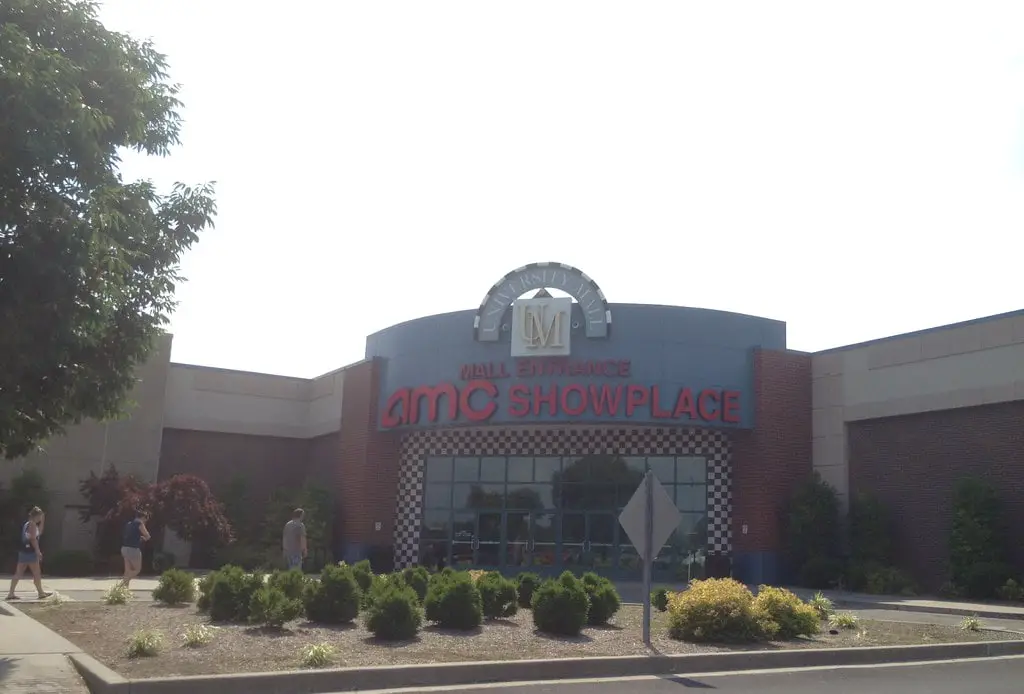
The Present and Future: University Mall in 2024
As of 2024, University Mall remains in decline. Now owned by Namdar Realty Group, the mall has seen little investment or revitalization efforts in recent years.
Namdar, known for managing struggling retail properties, has focused more on maintaining the existing spaces rather than attracting new tenants or redeveloping the mall entirely.
Recent closures have only added to the mall's struggles. In September 2022, Bed Bath & Beyond closed as part of the company's plan to reduce its physical footprint, leaving yet another large retail space vacant.
With no anchor stores and a steadily shrinking number of tenants, University Mall has transformed from a bustling shopping destination into a largely deserted space.
Despite the mall's condition, there has been some speculation about potential redevelopment.
Residents have expressed hope that the property might be repurposed for mixed-use development or community spaces, though no official plans have been announced.
For now, University Mall serves as a reminder of the retail shifts that have impacted small-town America, and it remains uncertain whether the mall will see new life in the years to come.

